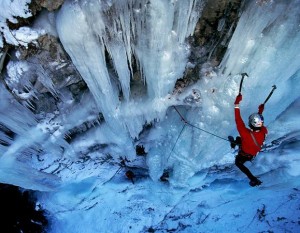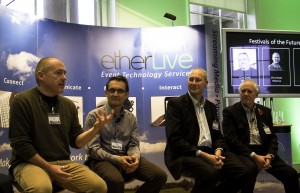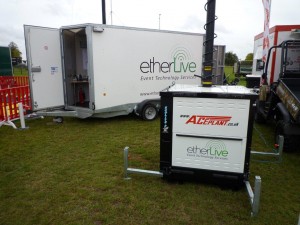Achilles was an all-powerful god with one deadly weakness in spite of his overall strength. As a baby Achilles was dipped into the River Styx, which was supposed to offer powers of invulnerability, by Thetis. When Thetis dipped the young Achilles into the river he held him by his heel and thus that part was not washed and become his weak point. The rest, which includes a poison arrow and a good shot, is history
The story from ancient Greece reminds us that everything has a weak point and with wireless technology its interference. Without acknowledging or managing interference the most expensive, well designed event wireless network will become useless.
In a recent industry forum interference became a topic with generated lots of questions so we have put together a brief list of some key considerations to ensure the wireless network at your event doesn’t suffer.
1. Manage expectations and set formal guidelines
Delegates and exhibitors should be informed in advance that any personal equipment will be subject to certain guidelines to prevent interference with the in-house Wi-Fi. It is recommended users are requested to sign a simple pre-registration form containing the guidelines prior to the event. Have technical resource or partner on hand should any exhibitor wish to ask questions.
2. Use a technology partner to scan the airwaves
Once guidelines have been set, wireless scanners can be used by on-site technology experts to ensure the agreements are being followed and to locate equipment causing interference. It’s not just other Wi-Fi devices that can be a problem – DECT phones, Bluetooth, alarms, telemetry systems and even industrial microwaves can all be sources of interference.
3. Manage other suppliers
Any wireless networks used by other suppliers should be taken into account during the early stages of Wi-Fi negotiations; wireless networks may be of equipment used by AV companies for example, so it is worthwhile engaging to pre-determine any possible interference and pre-assign channels so systems can coexist.
4. Get skilled up
Ensuring that the team running the event have access to technical resources or an on-site technology partner are essential in enabling an organiser to address any interference affecting delegates during the event.
5. Put in place a back-up plan
If local interference cannot be eliminated, there should be a back-up plan to minimise the impact i.e. the installation of some hard-wire cables which delegates and exhibitors can use. Whilst wireless offers freedom, many venues suggest that those requiring a ‘guaranteed’ service should consider a backup wired connection assuming the device supports this.
6. Make the necessary pre-event considerations
Check the venue before choosing it in order to identify any potential problems; a good question to ask in the first instance is whether the in-house network can be turned off if it is not required for the event reducing interference.
7. Know your frequencies
Interference can often occur as a result of too many technologies crowding the same frequency channel;. A way of counteracting this is to advise those requiring a larger wireless range to use a 5GHz network, which can offer more transmission channels than the overused 2.4GHz. More and more devices now support 5GHz including a number of the current range of smartphones.
8. Use the right equipment
Domestic Wi-Fi equipment and even lower cost so called business equipment does not have the more advanced antennas and management to deal with interference effectively. Higher end professional equipment can automatically work around interference and deliver a much stronger & higher quality connection even when interference is present.







